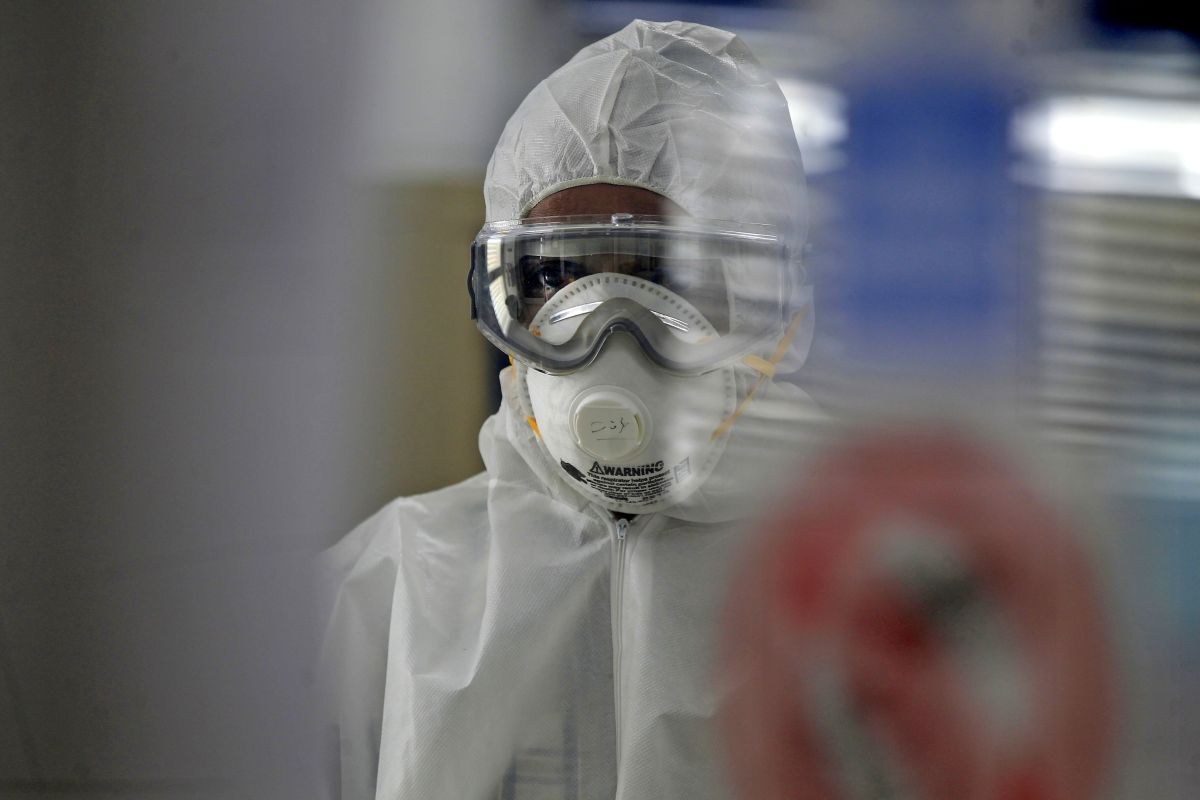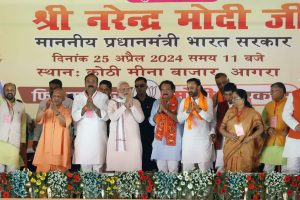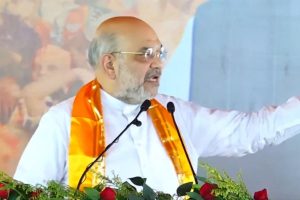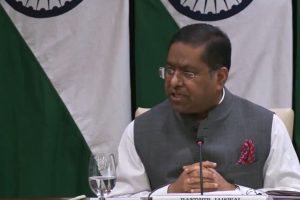Two aspects of our continued obsession with Covid-19 are striking. The first is the obsession with numbers, especially those that inform us just how bad things are with the situation in the country. Thus, almost every day, the health bulletin highlights how we are ninth, or eighth, or seventh in the list of countries afflicted by the virus or how we have overtaken China, France, Italy and Germany, not necessarily in that order.
Additionally, each state report and the national health report tell us how we have recorded the highest numbers of infections on a given day. This morbid fascination with the numbers of those deemed Covid-positive are tempered with a narration of our recovery rate, as if to hint there is a glimmer of hope amidst the gloom.
The fact that India’s fatality rate is way lower sometimes finds footnote mention. Thus it is for the most part overlooked that the numbers of those killed by the virus would put India in 12th or 13th position globally, and so far behind some of the worst-hit countries that we would have to drop like flies in order to catch up.
Almost never mentioned is the fact that the number of fatalities from Covid ~ presently over 7,000 ~ are infinitesimal compared to annual casualties from heart diseases (15,40,000 annually); Chronic Obstructive Pulmonary Disease (9,60,000 annually); stroke (730,000 annually); diarrhoea (720,000 annually); tuberculosis (450,000) and diabetes (250,000).
These numbers would ordinarily give rise to questions about our public health priorities. But such is the paranoia built up by a confused narrative, not just in India but globally, so gripping the fear of deadly outcomes, that we are drawn like moths to the flame of panic.
There is little informed debate in evidence, which must be expected when the dominant debaters are epidemiologists from India and abroad who tell us how bad things are, to the accompaniment of visuals showing coffins in Brazil and hospitals staffed by anonymous health professionals covered from head to toe.
The second aspect that bears scrutiny is that regardless of what we may be told, common sense ought to inform us that notions of social distancing are virtually non-existent in our society and that if 1.3 billion of us stood 2 metres away from each other, there would likely not be room enough in the land mass we occupy.
For at least the past five weeks, when the first Shramik Special train powered out, and possibly for nearly eight weeks, when Uttar Pradesh bussed students home from Rajasthan home, notions of social distancing were officially abandoned by authorities.
Thereafter, we have been actors in a charade of frequently modified Standard Operating Procedures that are breached so often that we ought by now to have stopped caring. Yet we soldier on ~ wearing unclean masks and ineffectually washing hands at every contact with fellow human beings, ignoring the sheer inhumanity of locking up those who are above 65 and below 10. It is time we stepped back ~ rulers and ruled ~ and took a long, hard look at ourselves. This is no way to live.











